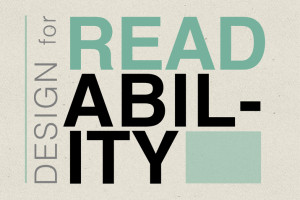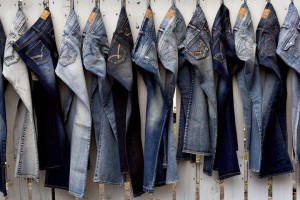Surely you have experienced it. Surely you have found it irritating. But likely you haven’t figured out what “IT” is.
“IT” is that strange thumping noise that sounds like a tire with one part flat that thumps as you drive down the road.
The cause is simple. When you have a single window open in the car, especially a rear window, an aerodynamic phenomena causes the sound. Open a second window and it stops.
Call it wind throb. The phenomenon that produces this noise is the Helmholtz Resonance, the same principle that makes a bottle hum when you blow over its open top. It’s the interaction of the gas in a container with a single opening and the other gases that are passing over the opening. In this case, the container is the car. The interaction between the two masses of air produces vortexes that compress and decompress the air, producing the throbbing effect.
German physician and physicist Hermann von Helmholtz, who died in 1894, described the interaction.
 How loud and intrusive the sound is depends on your car’s shape, the size of its windows and the speed of the vehicle. Modern cars and trucks are more subject to wind throb because they’re so aerodynamically efficient and well sealed against wind intrusion. Jim Zunich, GM’s global vehicle performance chief engineer for wind noise, explains: “We want nice, smooth attached air for aerodynamics, but that’s worse for buffeting.”
How loud and intrusive the sound is depends on your car’s shape, the size of its windows and the speed of the vehicle. Modern cars and trucks are more subject to wind throb because they’re so aerodynamically efficient and well sealed against wind intrusion. Jim Zunich, GM’s global vehicle performance chief engineer for wind noise, explains: “We want nice, smooth attached air for aerodynamics, but that’s worse for buffeting.”
The size and shape of the side mirror on your car affects air movement around your car and makes the bumping sound much worse when just a rear window is down. That’s because the side mirrors are placed and shaped to minimize buffeting at the front windows.
Before aerodynamic design became the norm, the mass of air swirling around your vehicle only allowed the Helmholtz Resonance occasionally. And even then the windows and doors of older cars were not airtight, so the air leakage around them relieved any pressure differences. But modern cars are well-sealed with only minimal air pressure leaks.




